Buying lights in Singapore
While you’re fussing about getting big-ticket furniture items like sofas, shelving, and a bed for your new home, there’s one very important thing that shouldn’t go overlooked: Lighting. It’s something we don’t think of much, and even take for granted most of the time – until a bulb blows and we’re left in total darkness.
Once you get started, you’ll probably realise that the decision process involved in buying lights is a lot more complicated than you initially imagined. From the types of bulbs, to colour temperature, and the ideal positions for various types of light fixtures, here’s a detailed guide on buying lights for your HDB help you illuminate your crib in the best way possible.
Read out other articles on home decor and renovation:
- Renovation tips to help you save money
- Air-con money-saving tips
- Tips to help your HDB stay cool in the heat
- Smart storage hacks
Types of light bulbs
LED light bulbs
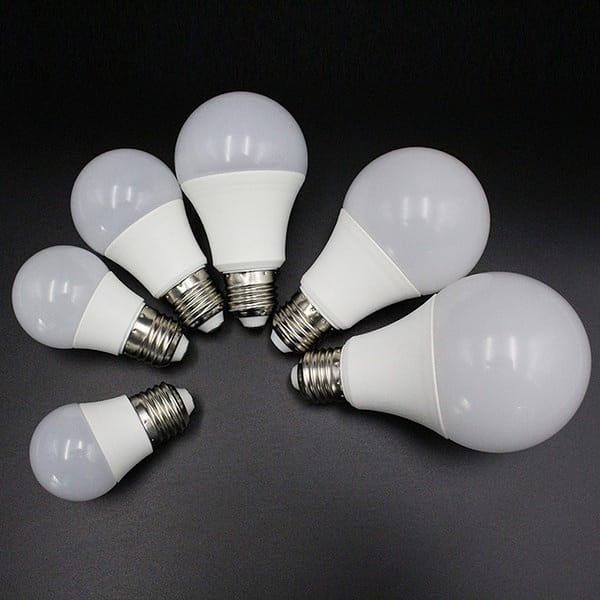
Image credit: @threedlights
LED bulbs are the way to go. They’re the most energy efficient, with no warm up or cool down period, and hence little energy is lost in the process of switching them on/off. This also translates to saved costs in terms of a lower electricity bill.
While an LED bulb might be just slightly pricier than other types, this cost is negligible and the long-term savings will far surpass that. The lifespan of an LED bulb is much longer, and you don’t have to worry about it blowing out all of a sudden when you’re in the middle of writing an important report – these only dim gradually over time, so you have “advance notice” when it comes to getting a replacement.
If the bulb does spoil, you don’t have to worry about hazardous leaks that might possibly happen because unlike fluorescent bulbs, these do not contain mercury.
Due to all the perks that come with LED technology, these bulbs are increasingly popular among homeowners as well as for commercial usage – such as in large-scale Christmas decorations in malls.
Fluorescent light bulbs
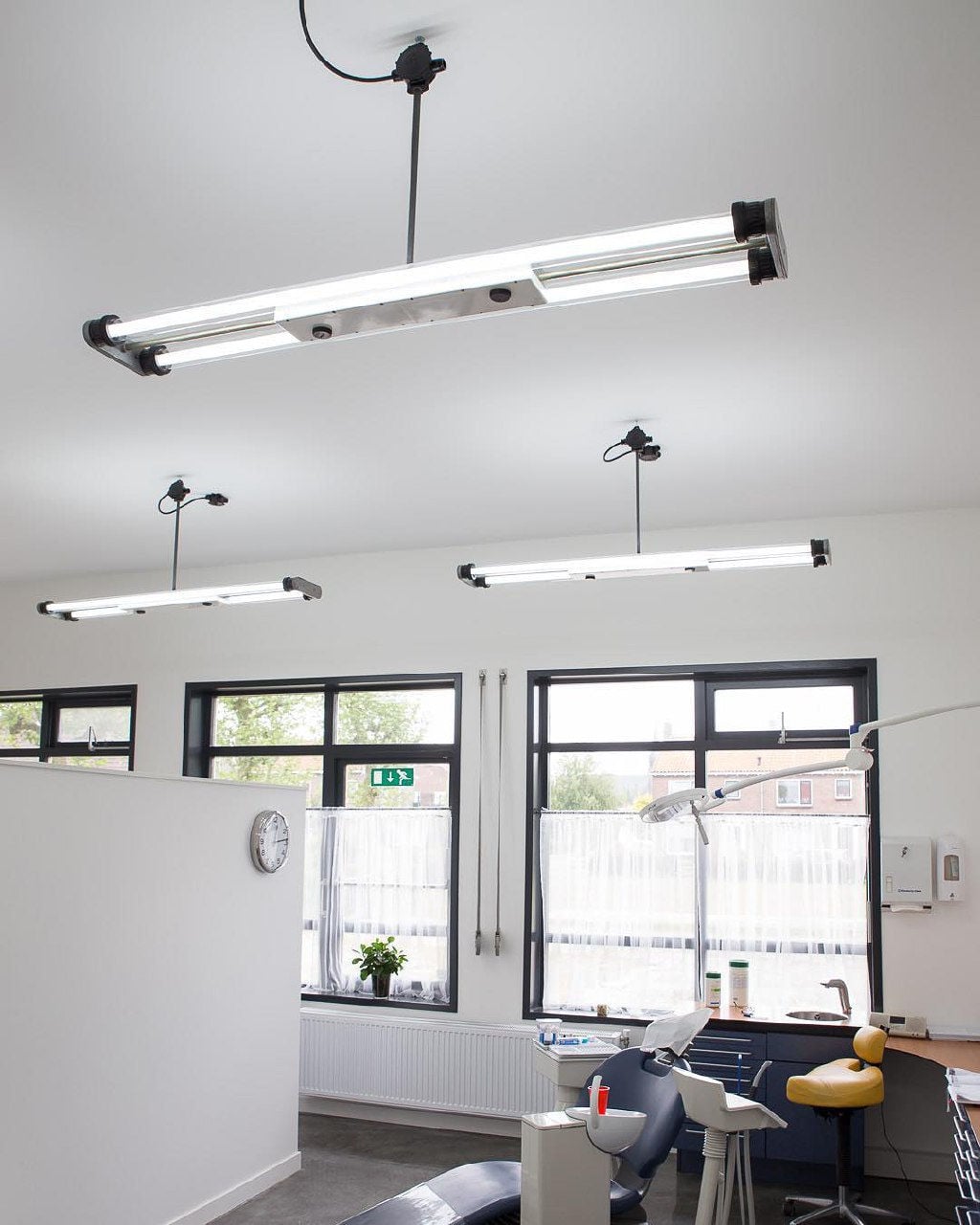 Image credit: @blomandblomb
Image credit: @blomandblomb
In terms of energy efficiency, fluorescent light bulbs are a lot better compared to incandescent ones, but lose out compared to LED ones. More voltage is required for these to light up, and there might be a bit of lag time when switching them on.
Some energy is lost in terms of UV radiation, and can make a room feel warmer because of its heat emissions – something we all want to minimise in our already sweltering country. Over time, these become less efficient and start flickering.
While fluorescent light bulbs are still in use, especially in older households, many are ditching them for LED lights due to eco-friendliness, cost savings, and longevity. If you buy an old resale flat, there’s a high chance that the existing lighting system is made for fluorescent bulbs.
Do note that you can’t just switch to LED bulbs by unscrewing the existing ones and replacing them – you’ll have to spend about $300 or more to change the entire lighting system. However, we recommend that you splash the cash, as this will be a worthy long-term investment.
Incandescent light bulbs
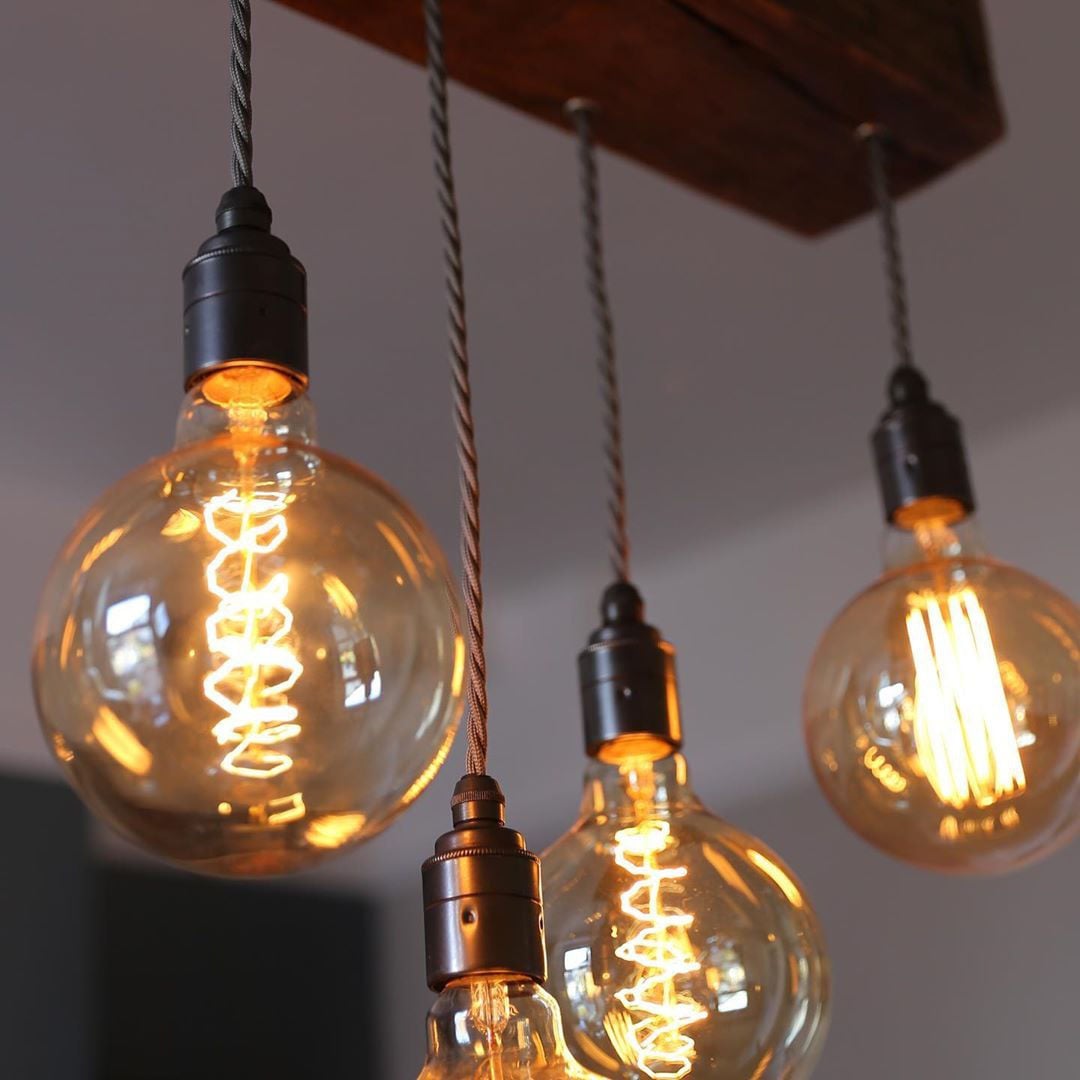
Image credit: @mooboohome
As it is, incandescent light bulbs are already getting phased out, and we can see why – they’re extremely energy inefficient, where less than 5% of energy gets converted to actual light. That’s a lot of energy lost!
Perhaps one perk that comes with incandescent light bulbs is the rustic feel you get with the visible tungsten filaments. This might be a tempting choice if you’re getting feature lights for an industrial-style home.
However, despite any visual attractiveness, these are highly unrecommended. Though you probably won’t encounter many of such bulbs during your search these days it’s still good to be aware when shopping. Don’t buy old clearance stock even if it’s going at dirt-cheap prices, and check product details carefully if you’re buying your lights online.
As for aesthetic appeal, you can easily get LED alternatives of similar-looking pendant lights if you want to go for an old-timey vibe.
Colour temperature
Cool white light
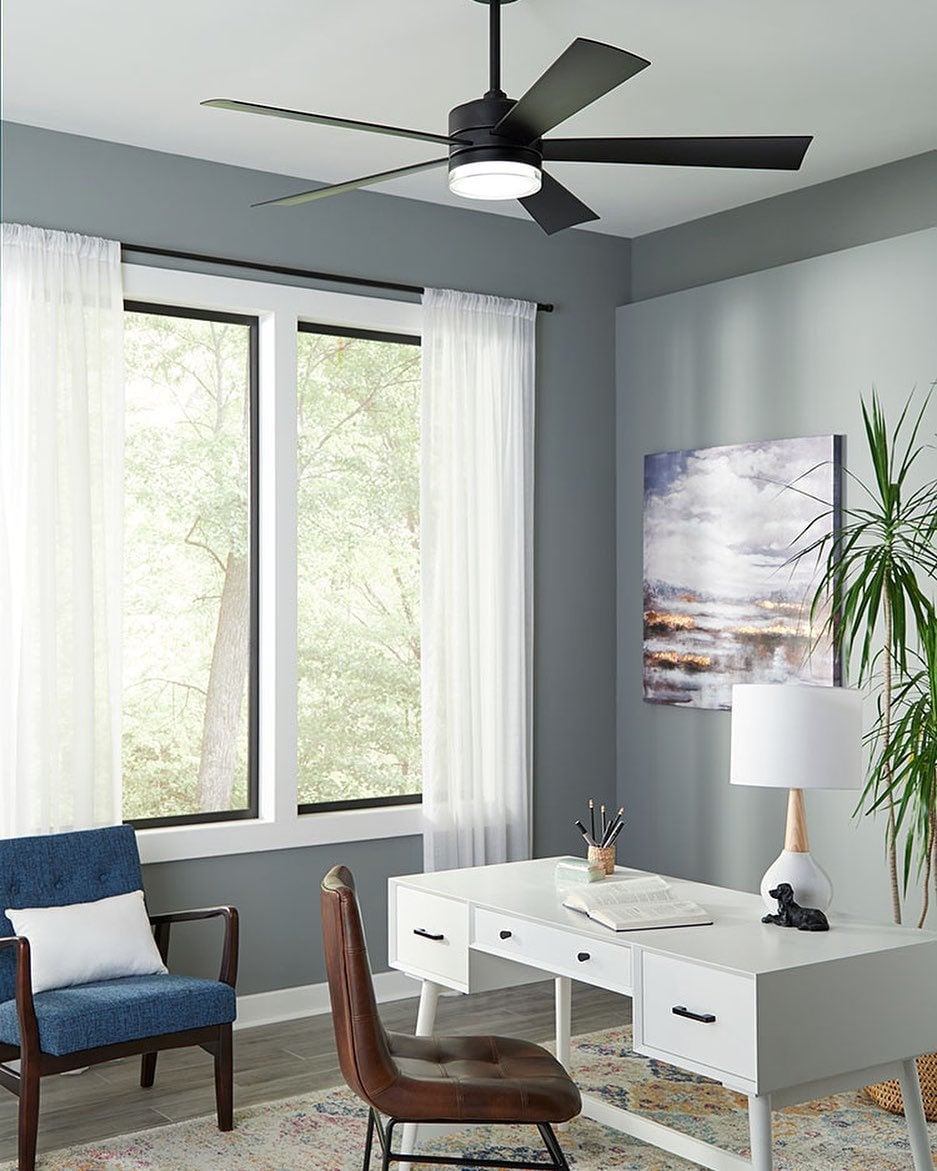
Image credit: @spectrumlighting
Cool white light looks brighter than other colour temperatures, and as such, it’s the sort of lighting most of us have in our kitchens and home offices – places where you might need to do close eye work.
To put things into perspective: Imagine trying to chop vegetables fast in dull yellow light. That won’t bode well, as you won’t be able to get good sight of what and where you’re cutting. Gotta watch out for those fingers!
Warm white light
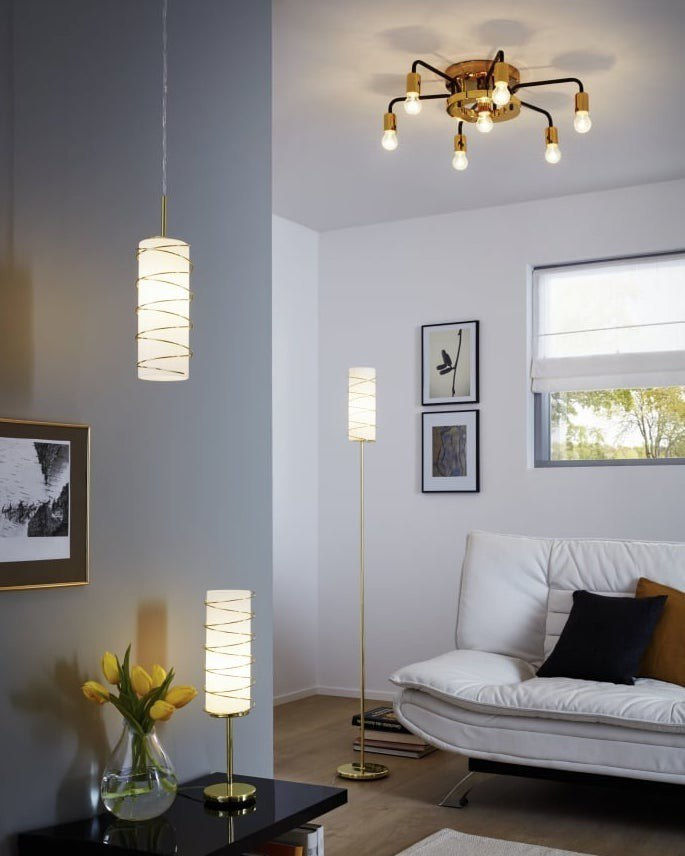
Image credit: @oceanlighting
Somewhere in between yellow and cool white is warm white light, a relaxing shade that still illuminates a given place enough for you to see comfortably. Because it’s less “harsh” in nature, it’s popular for rooms in which people chill in, such as the living room or bedroom.
It’s not really “better” per se compared to cool white light – it all depends on personal preference. If you’re someone who can only concentrate in a super brightly lit room, or prefer to sit in peak brightness when watching TV, then it’s best that your study room and living room are fitted with cool white instead of warm white light.
Yellow light
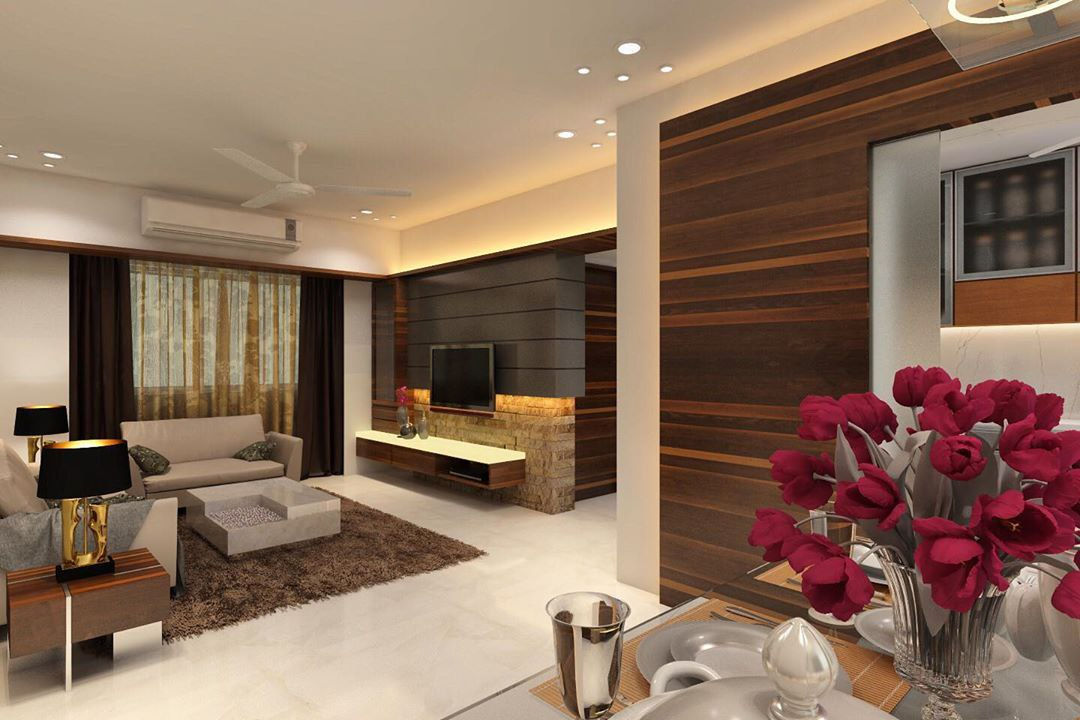 Image credit: @indesign254
Image credit: @indesign254
Yellow light is what everyone knows of as “romantic lighting”. For practical reasons, you wouldn’t want these as main lights in a room – especially not the study room – and should instead have them as side lamps or accent lighting for special occasions.
One misconception is that yellow light always makes a room feel warm. This would be the case if you’re using fluorescent or incandescent bulbs, but you can get yellow LED lights that don’t emit any additional heat compared to white LEDs. This way, you can have your romantic home cooked dinners for two under dim lighting – without all that sweat trickling down your face.
3-in-1 LED lights
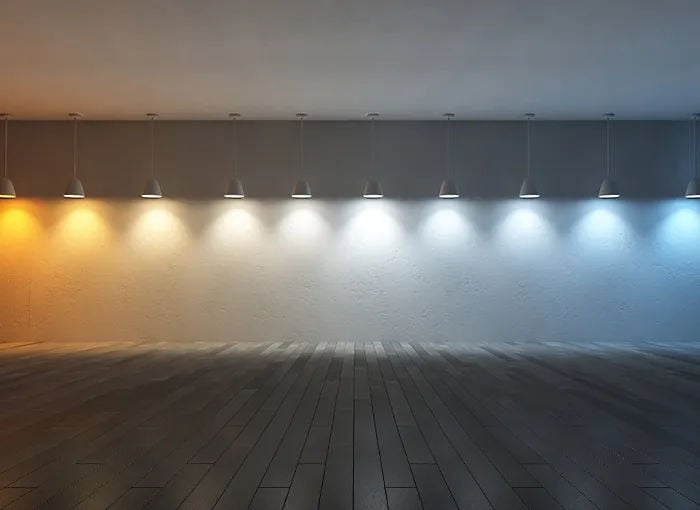
Colour spectrum for lights
Image credit: Lamp and Light
For best versatility, opt for 3-in-1 LED lights which give you ALL the above colour temperatures with just one bulb! Some versions require you to flick the light switch on and off to change the mode of lighting, but there are also remote-controlled variants – great for lazy bums who want to control the lights without getting off your bed.
Some even come with dimming and brightening functions so you can reduce or increase the intensity as you please. With various modes using just one light, you’re definitely getting better bang for your buck even if the initial costs are slightly higher.
Overhead lights – mount, cove, or track lighting?
Mount lighting
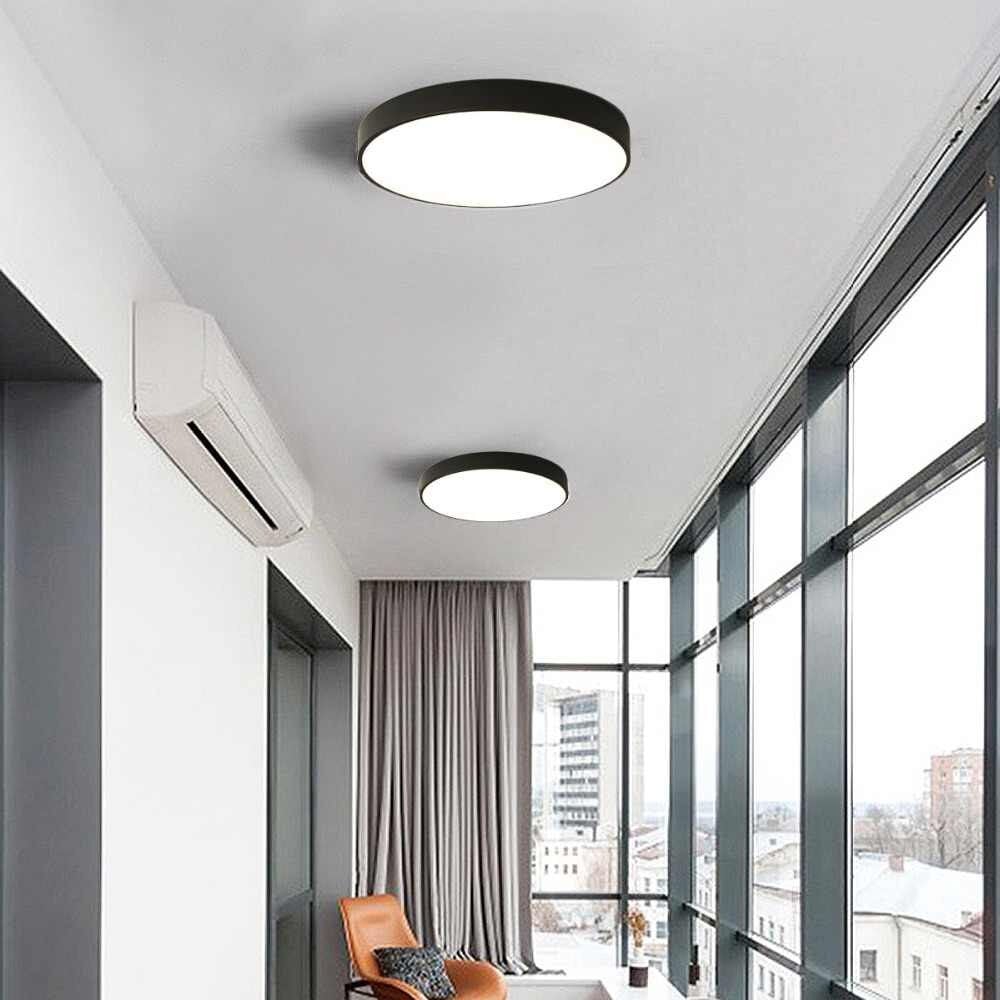
Image credit: AliExpress
Most HDBs typically come with flush mount lighting – which is one big, slightly protruding light fixture in the centre of the room’s ceiling. The size and position allows for even distribution of distribution of light, making it ideal for just about anywhere in the house. Can’t go wrong there.
Usually, these are circular, but there are square variants and irregular contemporary designs too.
Recessed and cove lighting
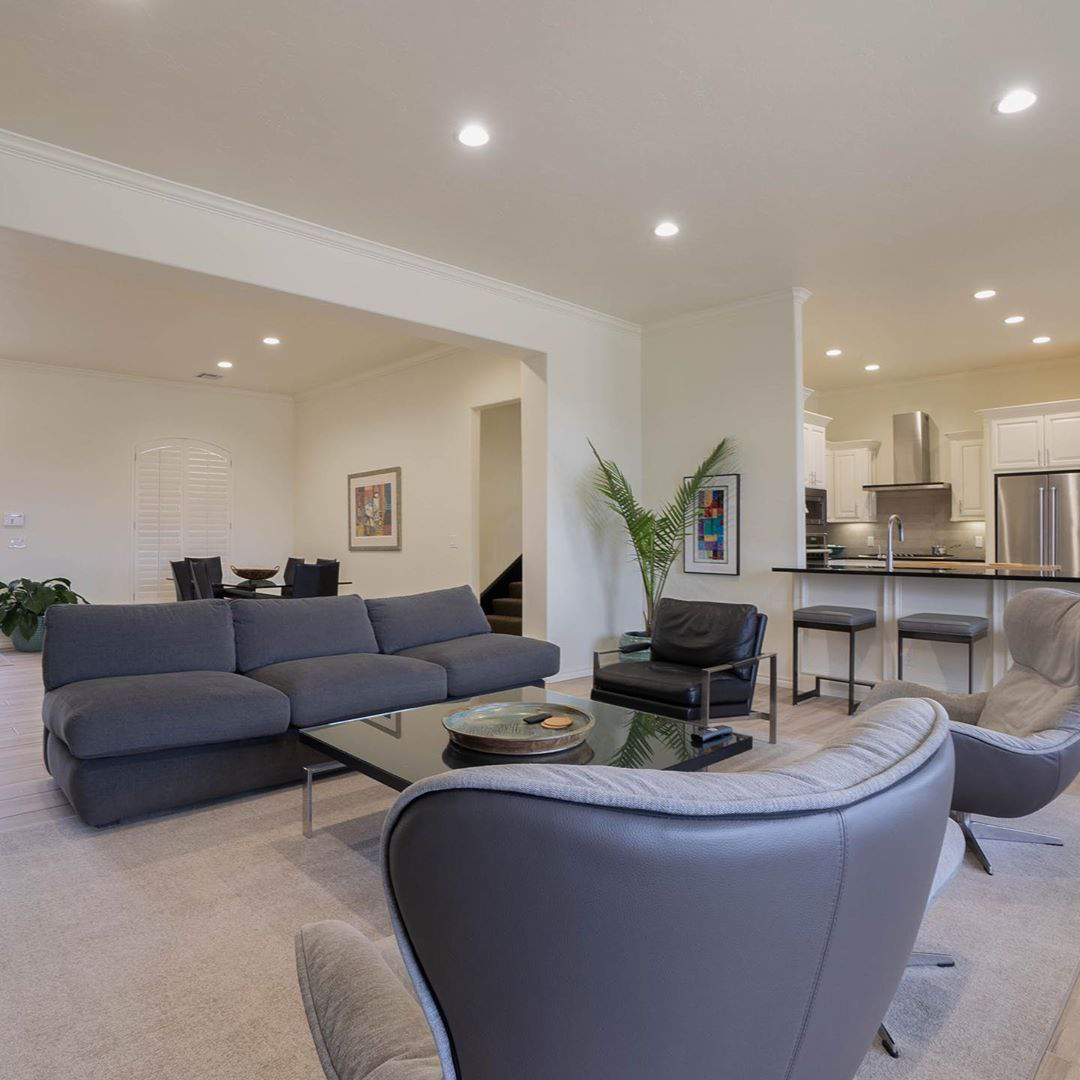
Image credit: @spinnakerconstruction
If you’re not a fan of having your light fixtures stick out of your ceiling, opt for recessed lighting, which goes flat against the ceiling. In order to get this done, you’ll have to install a false ceiling during the renovation process – after all, the wiring has to be hidden somewhere.
Those fortunate enough to live in loft apartments or maisonettes shouldn’t find this a problem, though you’ll want to decide carefully if your ceiling is already low to begin with. A false ceiling means a lowered ceiling, which may in turn result in your room appearing slightly smaller.
Recessed lights are good to have if a) You don’t have a central mount light (e.g. the space is taken up by a ceiling fan with no in-built lighting) or b) Your central mount light is largely decorative and doesn’t offer enough intensity (e.g. a chandelier).
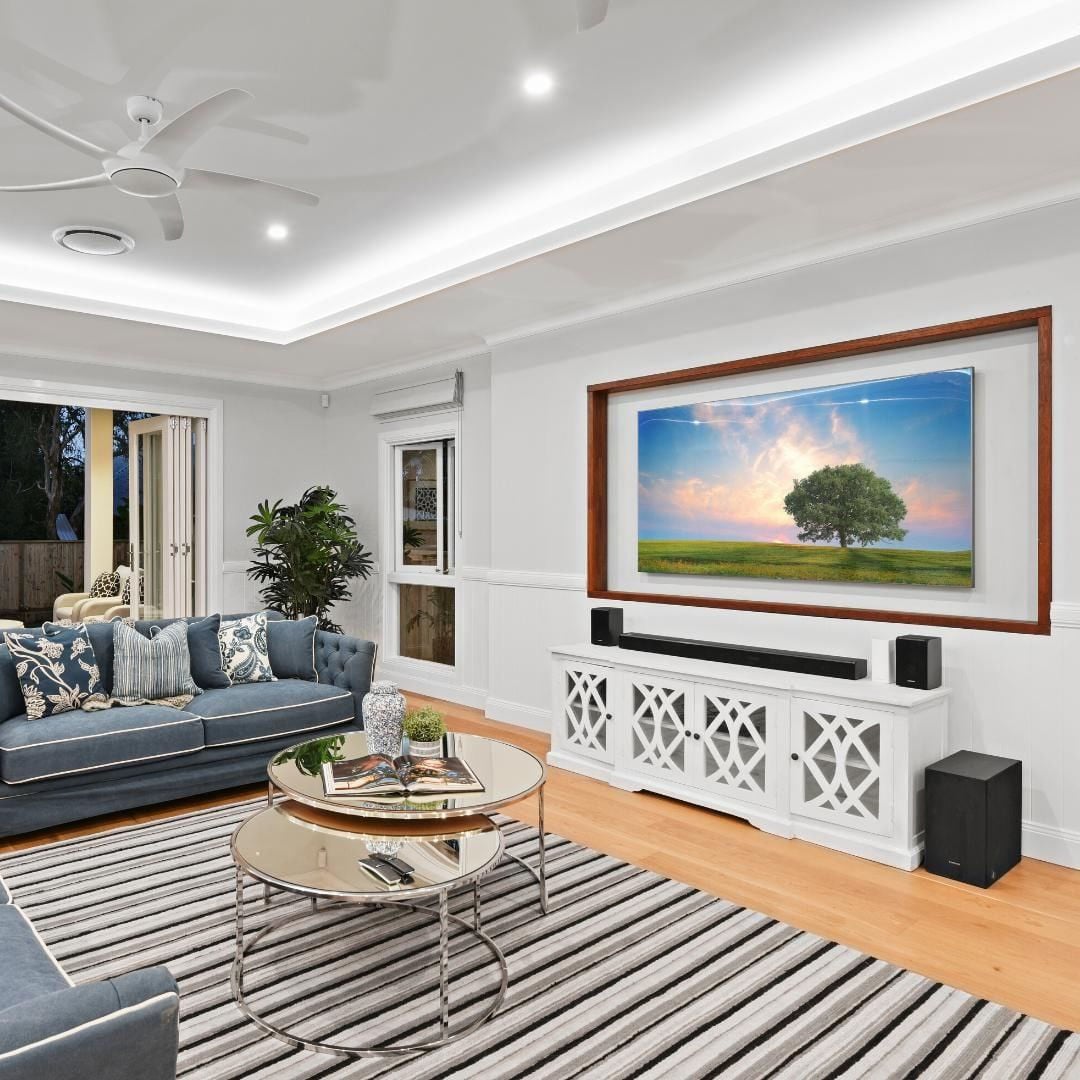
A mix of singular recessed lights, as well as cove lights along the edges of the room.
Image credit: @kong.building
You can get multiple small, circular recessed lights across your ceiling for even light distribution. Another popular alternative is cove lighting, which often comes in a “box” of sorts – with the lights forming the four lines of a square of a rectangle. This can come in the form of a circular ring as well.
As pictured above, some people choose to have both cove lights as well as singular recessed lights based on their lifestyle needs.
Track lighting
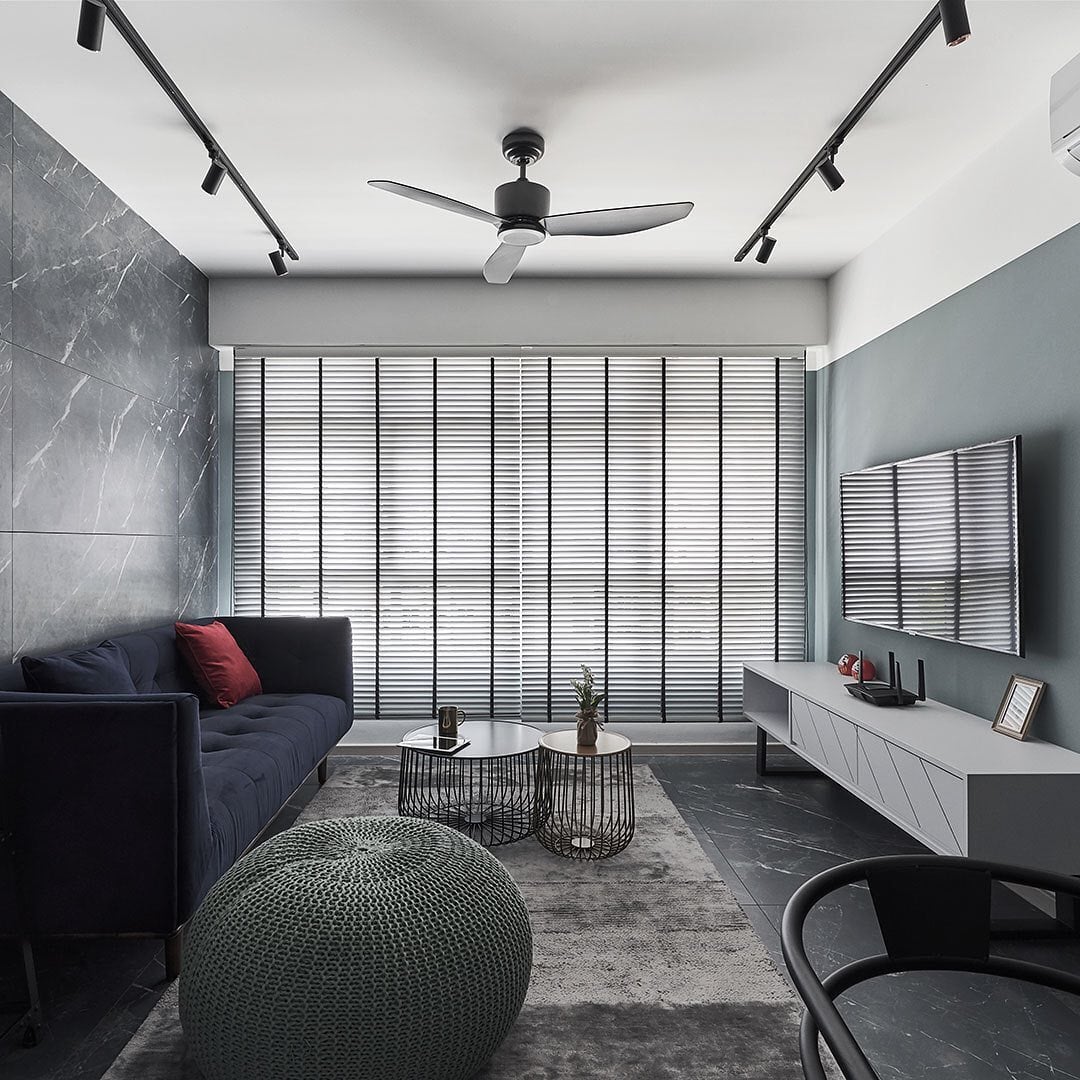
Track lighting
Image credit: @charlottescarpentry
Not keen on getting a false ceiling, but also not a fan of huge mount lights? Track lighting is your answer. Installing and removing these are much easier than with recessed and cove lighting. They look like a row of spotlights, with a couple of bulbs arranged across a metal bar. These bulbs are encased in short cylindrical tubes, and you can angle them any way you wish, based on where you need the light to point.
One downside to track lighting is that it doesn’t illuminate a room as well as the other types of lighting. It’s best used for highlighting certain areas, such as the TV corner, or artwork on the wall.
Some people aren’t fond of the protruding heads of the lights and visible bars, as they find they add clutter to the design of a home – but this would probably work in your favour if you’re going for the industrial look.
Types of lighting
Task lighting
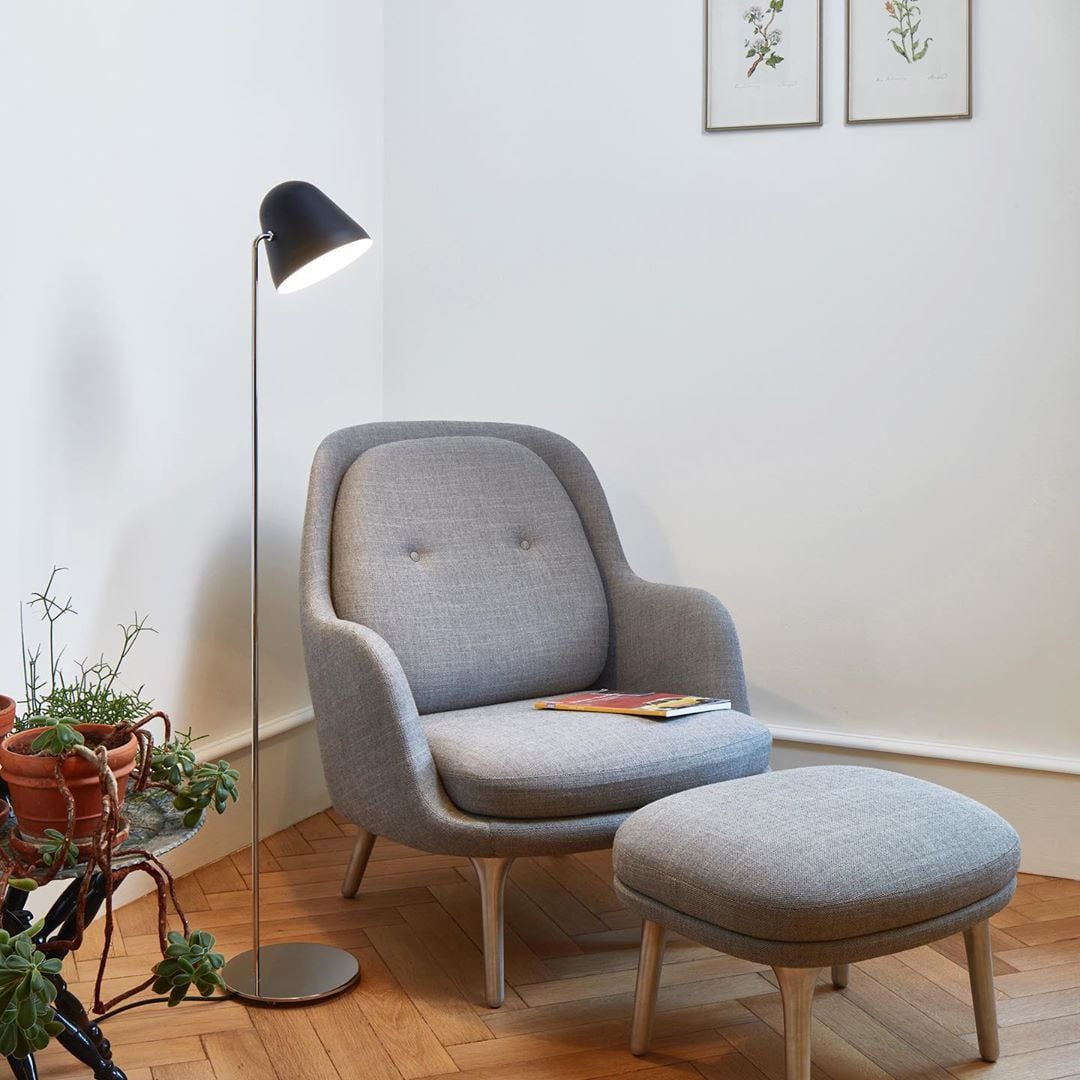
Image credit: @nytalighting
As its name suggests, task lighting is to aid you in performing tasks such as studying, sewing, and cooking. It points on a specific area where the task is being done, and has to provide good illumination on a specific area for clear vision. Cool white light would be a good colour temperature choice due to the strong visibility it provides.
Reading lamps are also a form of task lighting, as they’re made specifically to shed light on your books and desk for less eye strain. Another example would be the lights surrounding a vanity table mirror. Some might want to consider installing task lighting above their stove or kitchen counter in the form of pendant lamps or track lighting, so they can see better while cooking.
Ambient or general lighting
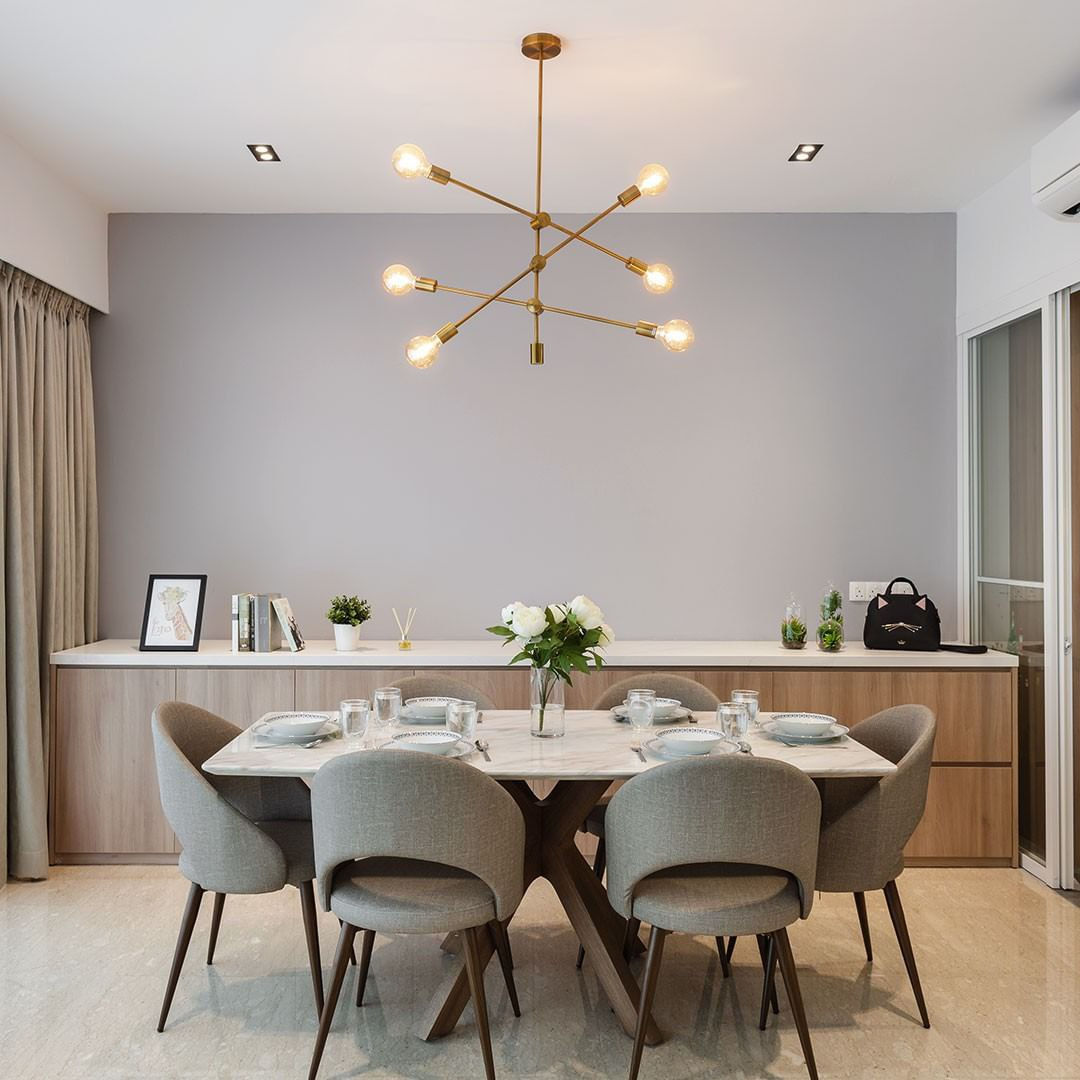
Warm ambient lighting in a dining room, with recessed lighting at the sides for additional brightness.
Image credit: @schemacraft_interiors
Ambient lighting, also referred to as general lighting, is made to mimic natural light from the sun. It’s spread out over a wide area, reflects off the walls, and is less harsh than task lighting. Most types of overhead lights would fall under this category, but even so, there’s still a wide spectrum with different functionalities.
It really depends on how much light you need in a particular room, and what sort of activities you’ll be doing there. For example, if you’re thinking of getting a chandelier for your living room because you like the grandeur of it all, consider the following:
- Would you be okay with watching TV in a dimmer setting, since chandeliers aren’t too bright?
- Would you see yourself reading newspapers in the same area, and if so, will there be enough light?
In such a case, you would probably need to get additional recessed or cove lighting, or perhaps task lighting like a standing lamp for additional brightness and practicality.
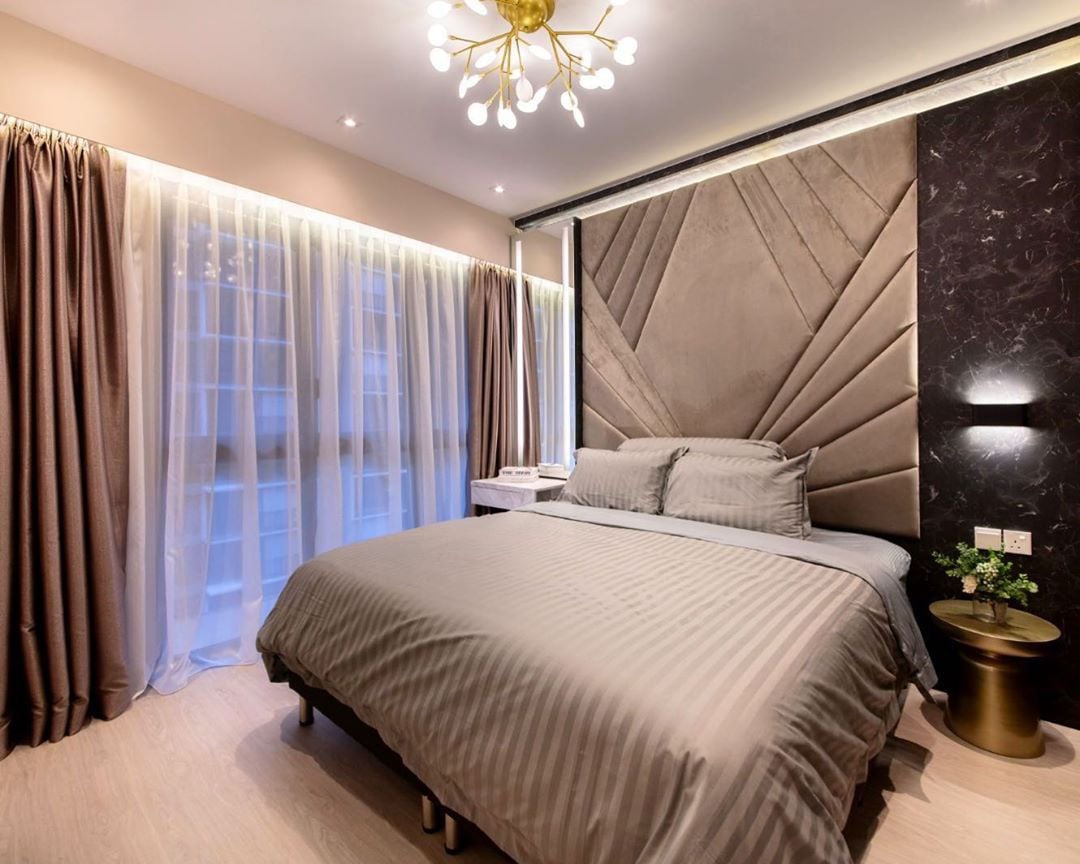
A bedroom with warm yellow ambient lighting for a luxe hotel-like vibe – complemented by cove lighting and some small circular recessed lights.
Image credit: @starryhomestead
To save yourself the hassle of getting multiple lights installed in one room, your best bet for ambient lighting is a regular mount light, as it offers great brightness that is well-spread.
Accent lighting
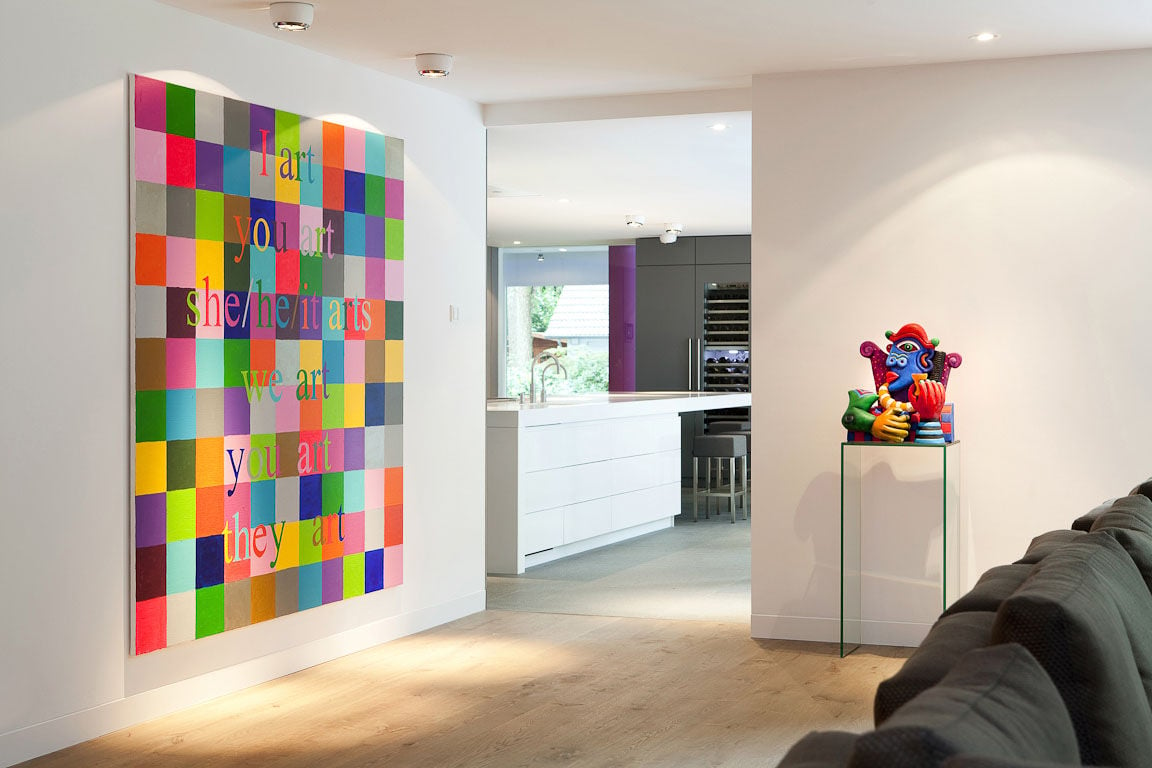
Image credit: dmLights
More for decorative purposes than anything else, accent lighting helps draw attention to a particular subject – for example, a showcase of prized collectibles, a special family portrait, or a door.
In order to be effective, accent lighting should have a different colour temperature from the surrounding lights in the room – the contrast will help your chosen object stand out properly. So if the rest of your room has cool white light, your accent lights should have a yellower tone, or vice versa.
Track lighting works well for this purpose, as does small circular recessed lighting. You would probably see tons of these in museums.
Decorative lighting
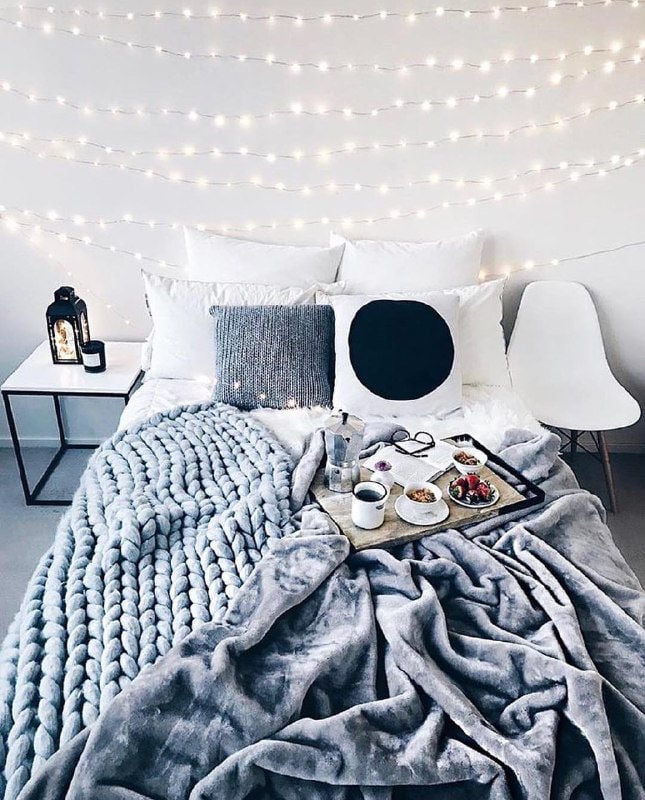
Image credit: @fav_factory
Goes without saying what decorative lighting is for. Unlike accent lighting, decorative lighting does not necessarily have to focus on an item of interest. This is where the visual appeal comes in first, functionality second. Some examples of decorative lighting include fairy lights, certain small pendant lamps, and quirky modern pieces which serve more as a centrepiece than a practical light source.
Buying lights in Singapore
Buying lights for your home isn’t just about picking the right design – you’ll have to consider all the nitty gritty details, from the type of lighting to the colour temperature, and whether you’ll have to install a false ceiling. But plan well and you’ll find that it’s not too complicated.
Our tip? Decide beforehand on current and possible future purposes of each room in the house, so you can make your choices based on that. If you predict any changes down the road – such as a game room eventually being turned into a kids’ room – then try to make the most versatile choices, or at least something that can be easily modified.
Cover image adapted from: AliExpress, @kong.building





